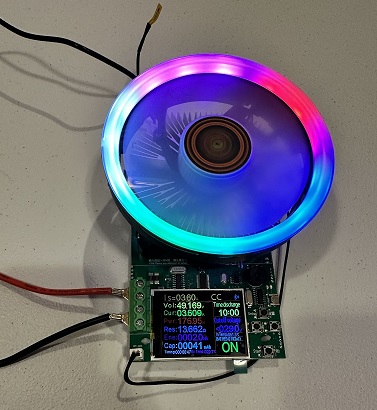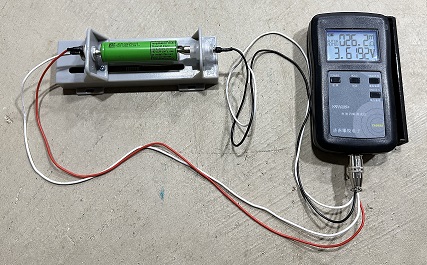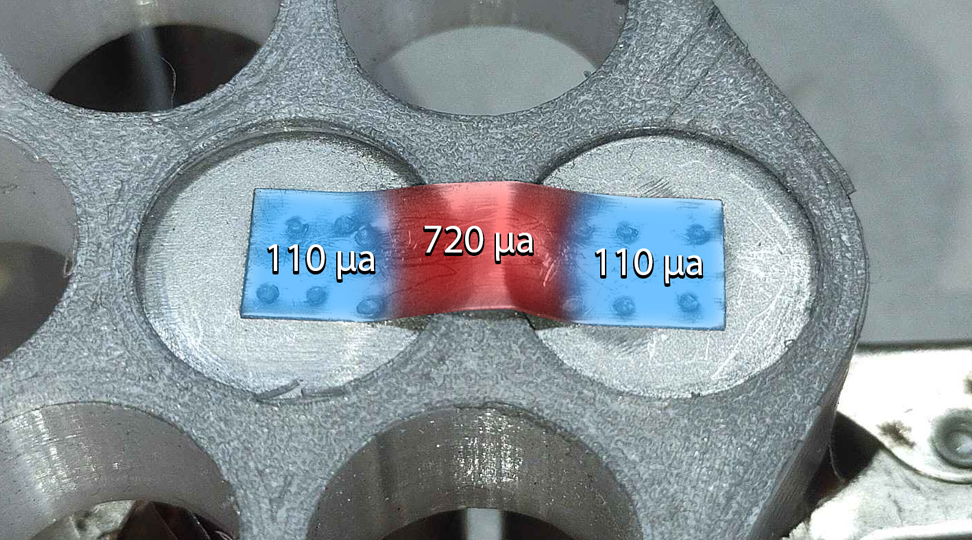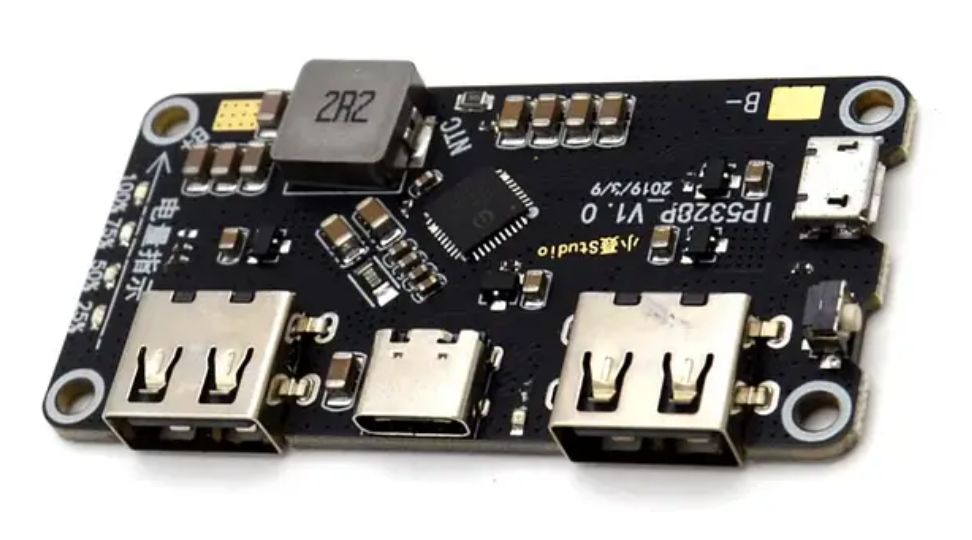
How To Test A Battery's Capacity
Table of Contents
Testing a battery’s capacity is one of the best ways to determine the health of a battery cell. indicator of a battery. To test the capacity of a battery cell, you have to fully charge and fully discharge the cell while precisely measuring the energy in at least one direction. Also, being able to test a battery’s true capacity gives you leverage when buying battery cells. If you notice that a certain supplier or cell type does not live up to its claims, you can find a different source or a different brand of the cell.
There are several methods used to test a battery's capacity. Some of them involve advanced math and calculations that depend on precise measurements. The most straightforward way to test a battery’s capacity is to fully charge it and then measure the current and voltage while the battery is under load. If you can count the energy coming out of the battery then you can assess the true capacity of the battery or battery cell. There are several lithium-ion battery chargers on the market that have capacity testing built in. Some of them can even test for internal resistance.
This article will cover how to test a battery’s capacity. We will also explain some different aspects of battery capacity testing and will provide a few links for battery capacity testers.
How To Measure A Battery's Capacity
A battery’s capacity can be estimated relatively accurately using a set of measurements and some complex math, but the most simple way to measure a battery’s capacity is to measure the power going into or out of the cell. Power going into the cell would be charge testing and power coming out of the cell would be considered discharge testing. If you can do both, that’s even better.
Discharge Battery Capacity Testing Method
This discharge method is one of the most accurate ways to test battery capacity. If you can accurately measure the amount of power coming out of a battery then you will for sure know how much capacity it has. The problem with this method is that it takes a long time to complete. At a reasonable 0.2C discharge rate, it would take 5 hours to measure a healthy cell.
There are many lithium-ion capacity testers on the market. In fact, there are a lot of lithium-ion cell chargers that include capacity measurement as a feature.
A low-cost discharge tester can be used to test the capacity of a battery that has a voltage between 1.2 volts and 12 volts. This means that it is well suited to operate at single-cell lithium-ion voltage ranges. It has easy-to-use buttons and large LCD digits and is powered by a micro USB port.
[[ aff type=aff ~ link=https://amzn.to/42jY5cW ~ title=`Battery Capacity Discharge Tester` ~ image=https://admin.cellsaviors.com/storage/battery-capacity-tester.jpg ~ description=`Test the capacity of a battery that has a voltage between 1.2 volts and 12 volts. Use the bigger tester below if testing more than 5ah.` ~ height=small ~ buttonText=`Check Price` ]]
With this tester, you can check the capacity, voltage, and current of a lithium-ion battery cell. It’s not going to be the highest resolution or most accurate piece of test equipment, but its low price makes it worth it.
If you are needing to test higher capacity or higher voltage batteries you can use the tester below. This capacity tester can test a battery that is up to 200V. It is also a 2-wire tester so it will be more accurate.
[[ aff type=aff ~ link=https://amzn.to/3qpIoDJ ~ title=`180W Battery Capacity Tester` ~ image=https://admin.cellsaviors.com/storage/180w-load.jpg ~ description=`You can test batteries with a voltage range of 2~200V @ a current of 0.2~20A this is limited to 180W.` ~ height=small ~ buttonText=`Check Price` ]]
Charge Battery Capacity Testing Method
If you measure the current and voltage as a battery is being charged, then you can know exactly how much energy can be fit into the battery. If you know exactly how much energy you can put into a battery, that’s just as good as measuring its capacity.
If you did the same thing when discharging the cell, you could compare those two figures to measure the cell's overall charge and discharge efficiency. At low currents when the battery does not get warm, you will find that over 99 percent of the energy you put into a battery can be taken out of it.
It's important to note, however, that when charging and discharging a battery with a high current, the battery will get warm. This radiated warmth is lost energy and will manifest itself as less capacity on the discharge test.
ISR Testing Method
Another useful metric when testing a battery's capacity is its ISR (Internal Series Resistance). Knowing a battery's ISR can tell you a lot about its health and expected capacity. For example, if you have several cells of the same type and one of them has a particularly higher ISR than the rest, you can bet on that cell being lower capacity than the others.
Generally speaking, a new lithium-ion cell in a good state of health will have an internal resistance somewhere between 20 and 60 milliohms. A well-used still-healthy lithium-ion cell will have an internal resistance of around 60 to 100 milliohms. Anything over 100 mOhms shows that the cell has been used quite a bit, and anything over 150 mOhms is pretty much at the end of its life.
There is no way to directly ascertain a battery’s capacity using its ISR. But if a cell’s IR is much higher than other cells from the same batch, you can bet it will have a lower capacity. The good news is that you can get a 18650 or 21700 cell charger/tester that charges the cells and tests the capacity. To check the IR of an individual cell you will need a standalone 4-wire IR tester, we recommend the one below.
[[ aff type=aff ~ link=https://amzn.to/3JAaOT5 ~ title=`YR1035+ 4 Line IR Tester ` ~ image=https://admin.cellsaviors.com/storage/yr1035 ir tester.jpg ~ description=`` ~ height=small ~ buttonText=`Check Price` ]]
Conclusion
Testing a battery’s capacity is an important part of knowing the overall health of a battery. Even if you are not concerned with the battery’s health, it's extremely useful to know exactly how much power your batteries can store. After all, if you expect a battery pack to run a particular device or piece of equipment for a specific amount of time, then you are going to need to know how to test a battery’s capacity.
There are several methods and devices that can be used to test a battery's capacity. The easiest and most common way to test a battery’s capacity is to measure its voltage and current under load. Once the battery is fully charged first, a load is placed on the battery and then the voltage and current of the battery is measured. The energy coming out of the battery is counted and added up to form a capacity figure. This can all be done DIY for relatively cheap, but there are more than a handful of lithium-ion battery chargers on the market that have the capacity and ISR testing built in.
We hope this article helped you learn how to test a battery’s capacity! Thanks for reading!




